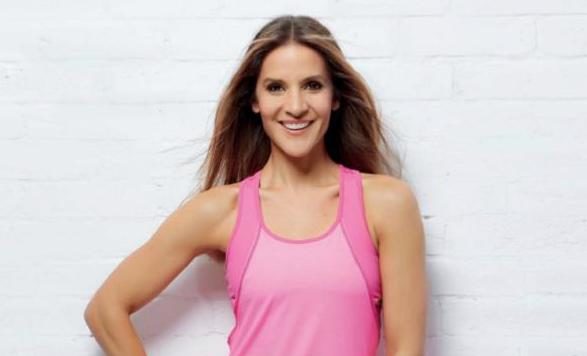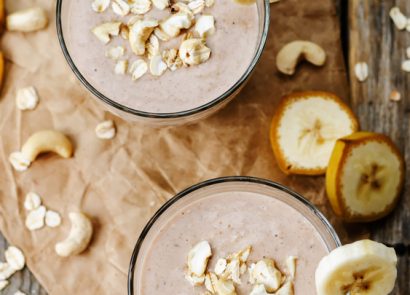The buzzword this year has undoubtedly been ‘vegan’. Whether you’re a vegan, a vegetarian or just a good oldfashioned carnivore, it’s no secret that eating more vegetables leads to a healthier, longer life. But when faced with the multitude of options, how do you know which veg to choose, and why? An increasing amount of research is being done on which veggies pack the biggest nutritional punch. In the meantime, here are my top five picks.
1. Beet greens
It is no secret that beetroot is a leading source of nitrates, which are good for your blood pressure, but their green leafy tops are brimming with vitamin K, which is linked to a lower risk of type 2 diabetes – just one cup, uncooked, equals twice the daily requirement. Besides supplying good amounts of protein, phosphorus, and zinc, beet greens are also a great source of fibre, plus are low in fat and cholesterol.
Cooking tip:
Try the greens sautéed with some olive oil and garlic as a healthy side dish.
2. Watercress
This teeny, peppery powerhouse is often overlooked, but can knock any dish into nutritional shape. It’s particularly rich in vitamins A, C, and K, plus other antioxidants that are good for you. Its high antioxidant content may lower the risk of chronic disease, and it contains compounds that can prevent certain types of cancer.
Cooking tip:
Blend the greens into pureed soups.
3. Frozen peas
Who would have thought this freezer staple could be so nutritious? A cup of the green stuff can give you over 7g of fibre, which helps you to feel full and eat less later. Peas also aid digestion and help to lower cholesterol levels, and they support healthy blood sugar control.
Cooking tip:
Frozen peas can be used in any main dish or, alternatively, blend to make a dip.
4. Micro greens
All good things come in small packages. Micro greens are foods such as mini radishes, cabbages, kale, and broccoli. The ‘mini-me’ variety can pack a higher dose of vitamins C and E than the regular plants, and come in a range of peppery-to-tangy flavours. Their high antioxidant content promotes health and prevents disease.
Cooking tip:
Great as a garnish in soups or in sandwiches.
5. Red bell pepper
Did you know that the bell pepper is a fruit and not a veggie? Still, it’s well worth a mention because a medium pepper is packed with B vitamins, beta carotene and double the dose of the recommended vitamin C intake. It also helps to support healthy night vision.
Cooking tip:
Cut the tops off, remove the seeds and fill with cooked quinoa, then pop into the oven.






















